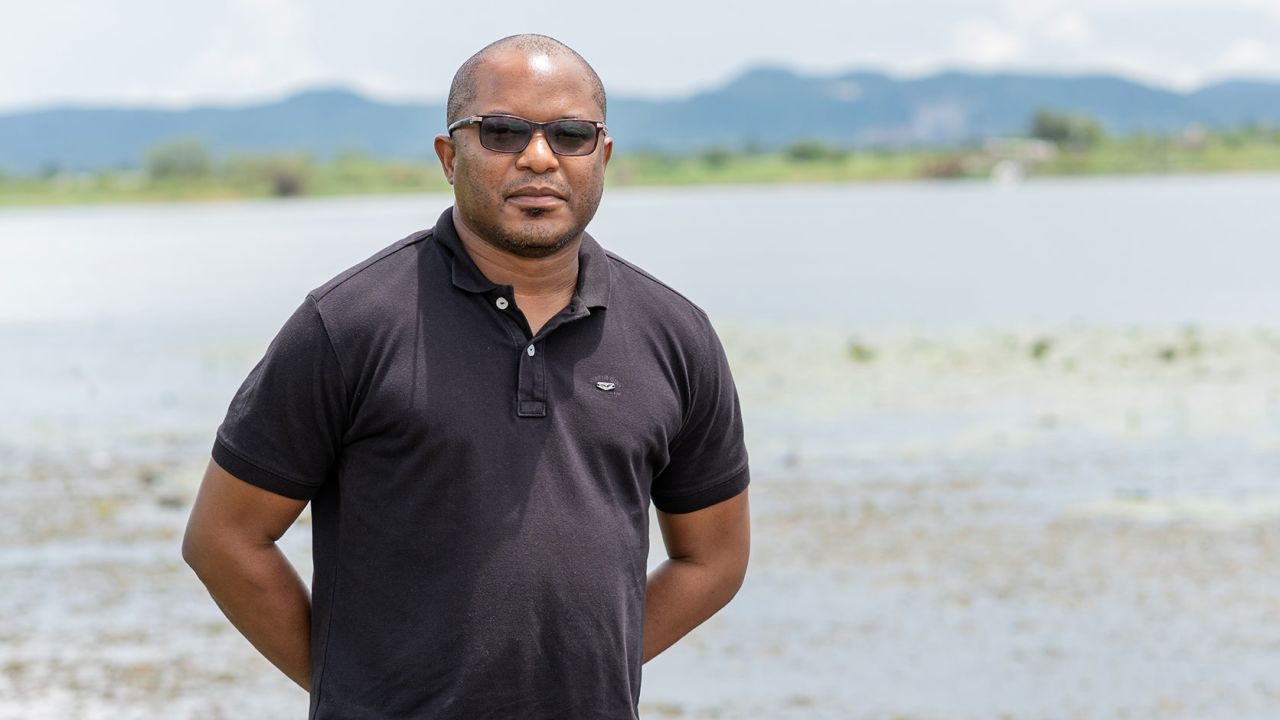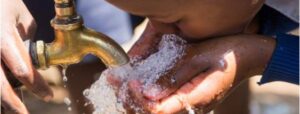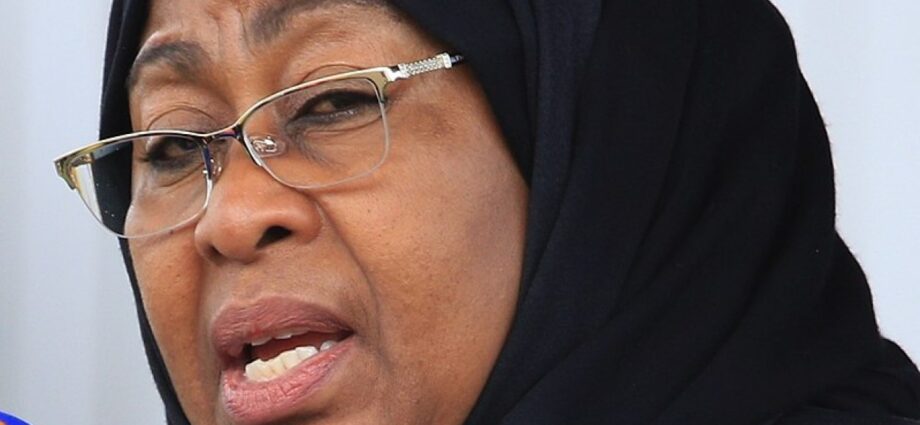ANALYSIS By Dan Paget
In Tanzania, the political rally is back. Chadema, Tanzania’s leading opposition party, held mass rallies outside the official election campaign for the first time in six and a half years on 21 January 2023.
It could do so because three weeks earlier, President Samia Suluhu Hassan lifted the ban on public rallies. Assassination-attempt survivor and opposition politician Tundu Lissu returned to Tanzania on 25 January to take part in them.
The ban on rallies was introduced in June 2016 by the late President John Magufuli. It became a central plank of an authoritarian turn initiated by the ruling party, Chama cha Mapinduzi (CCM), but ultimately propelled by Magufuli. The ban, however, appeared to affect only the opposition – CCM continued to convene rallies with impunity throughout.
Magufuli’s death on 17 March 2021 raised the dual possibilities that the CCM regime might loosen its iron grip, and that in such a context, the opposition might rebuild. The end of the ban on rallies has implications for both these possibilities.
I have spent 10 years researching Chadema’s grassroots organising and what it calls the struggle for democracy. I am writing a book on rallies in Tanzania.
In my view, the unbanning of rallies will tremendously alter the space in which the opposition has to operate. However, this doesn’t set Tanzania on any path of democratic reform. The timing and wider context still leaves the opposition with a big task ahead.
The very real possibility remains that Hassan has unbanned rallies to signal that she plans future democratic reforms – without actually enacting any.
Read more: Tanzania’s Hassan has put out positive signals: deeper change is yet to come
A culture of rallies
It’s easy to underestimate the importance of the rally in Tanzania. In much of the global north, political rallies are things seen on TV and attended by ultra-partisans. But not in Tanzania.
In 2015, I oversaw the collection of a nationally representative survey in Tanzania. It showed that in the last month of the country’s election campaign, 69% of all people attended rallies. This figure dwarfs its equivalents in the global north. In the 2016 US campaign, just 7% of people attended public meetings.
Not only did a large proportion of Tanzanians attend rallies. They also attended them frequently. The same survey data showed that the average person attended seven such rallies in the last month of the campaign, or just under one every four days.
In Tanzania, the rally is, or in political campaigning becomes, a medium of mass communication, just as it does across much of the global south. Indefinitely banning rallies does to public communication in Tanzania what indefinitely banning television, or the internet, would do in the global north.
Tanzania’s ban on rallies was doubly painful for the opposition. First, it was a ban, in effect, only on opposition rallies.
Second, the opposition needs rallies in a way that the ruling party does not. In the shadow of state coercion, media outlets offer the opposition scarce and hostile coverage. The rally offers the opposition a way to reach the 73% of Tanzanians who say they don’t (directly) get news via social media.
Rallies and grassroots organising
The ban on rallies was lifted for the election campaign in 2020, but the opposition needs rallies between elections too – this is when they organise.
Chadema leaders and activists told me that between 2007 and 2015, they founded party branches across much of Tanzania. Their work paid off. The survey data I collected showed that in the 2015 campaign, Chadema’s ground campaign was so strong that it made at least as many house-to-house visits as the ruling party, perhaps more.
They achieved this party-building feat in large part through rallies. Teams of party leaders toured the country convening rallies. They imparted their messages and recruited attendees. Follow-up teams organised these new recruits into branches.
In parallel, lone organisers ran their own solo party-building initiatives. These local leaders, among them the 2020 presidential candidate Tundu Lissu, held public meetings in villages. Incrementally, they recruited local activists who became the leaders of new branches.
Today, though, it’s hard to know how well these structures have endured. Opposition activists were subjected to everyday oppression. It peaked during the violence of the 2020 election, and was designed to demoralise and demobilise them.
This means that opposition parties have their work cut out. They have to re-join public debates after years of censorship, and reorganise and remotivate their supporters all at once.
This makes the timing of the end of the ban important.
Chadema’s grassroots organising for the 2015 election began just months after the 2010 election. Revoking the ban now, just over two and a half years before the October 2025 election, leaves opposition parties with a greater task than they have faced before – and less time in which to do it.
President Hassan: reforming or gaslighting?
Unbanning the rally is perhaps the most concrete opening of political space that Hassan has introduced since she was sworn in as president.
Some will be tempted to read the unbanning of the rally as a sign of things to come. But that would be unduly optimistic.
It may be that Hassan plans to enact a wider programme of democratic reforms. Or it may be that she lifted the ban precisely so that it looks like that’s her plan.
Read more: Tanzania’s Hassan faces her first political test: constitutional reform
Ultimately, either reading could turn out to be right. Interpreting the intentions of the often inscrutable Hassan is a matter of guesswork. But there are reasons to be sceptical.
First, the rally ban was part of an authoritarian architecture. The ban is gone, but the architecture remains. This leaves the regime with means aplenty to preserve its dominance.
Second, with the exception of the Magufuli years, the regime has long maintained the appearance of being the sort that would oversee democratic reforms – while implementing few of them.
The significance of the rally’s return may not be in what the regime will grant. Instead, it may be in what the opposition can demand. Chadema used its first rally to call again for a new constitution.
Dan Paget, Lecturer in Politics, University of Aberdeen
Source: allafrica.com
Share this news
This Year’s Most Read News Stories

Tanzanian insurance firms upbeat after first quarter business growth
Total gross written premiums for the insurance industry have increased by 13.68 percent in the first quarter of 2024, with small and medium-sized companies showing higher growthContinue Reading

For years, a UK mining giant was untouchable in Zambia for pollution until a former miner’s son took them on
For years, the people in the villages around Chingola in Zambia endured frequent health challenges and dead fish floating around in their water source, but that was just the beginning of their nightmare.Continue Reading

MGAO WA MAJI WAWATESA WAZANZIBARI
Wananchi wengi hasa katika maeneo ya Mjini Unguja, wanalalamikia ukosefu wa maji safi na salama huku Mamlaka ya Maji Zanzibar ikikabiliwa na changamoto ya ukosefu wa ujuzi na wataalam katika masuala ya uandisi wa Maji na fani nyengine.Continue Reading












